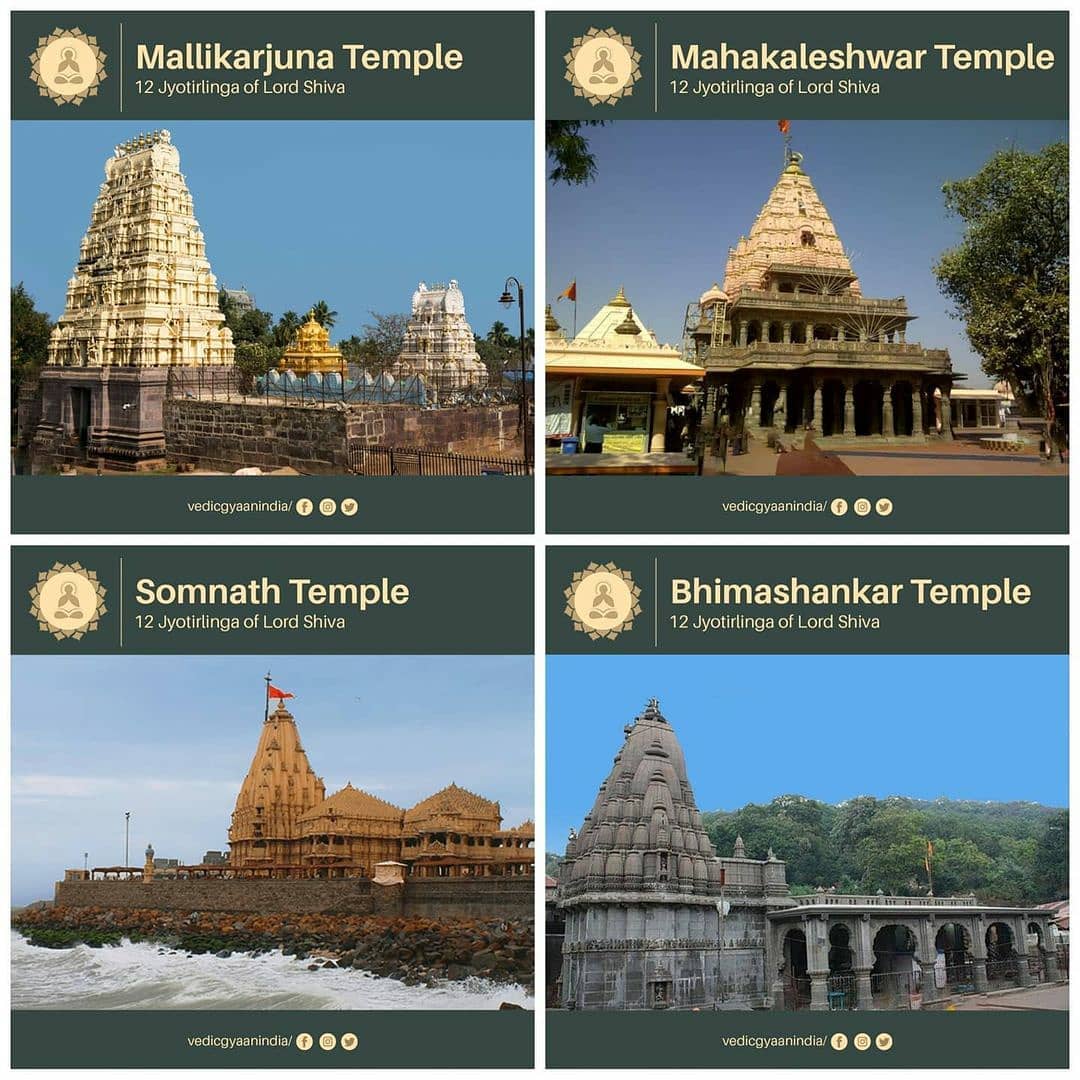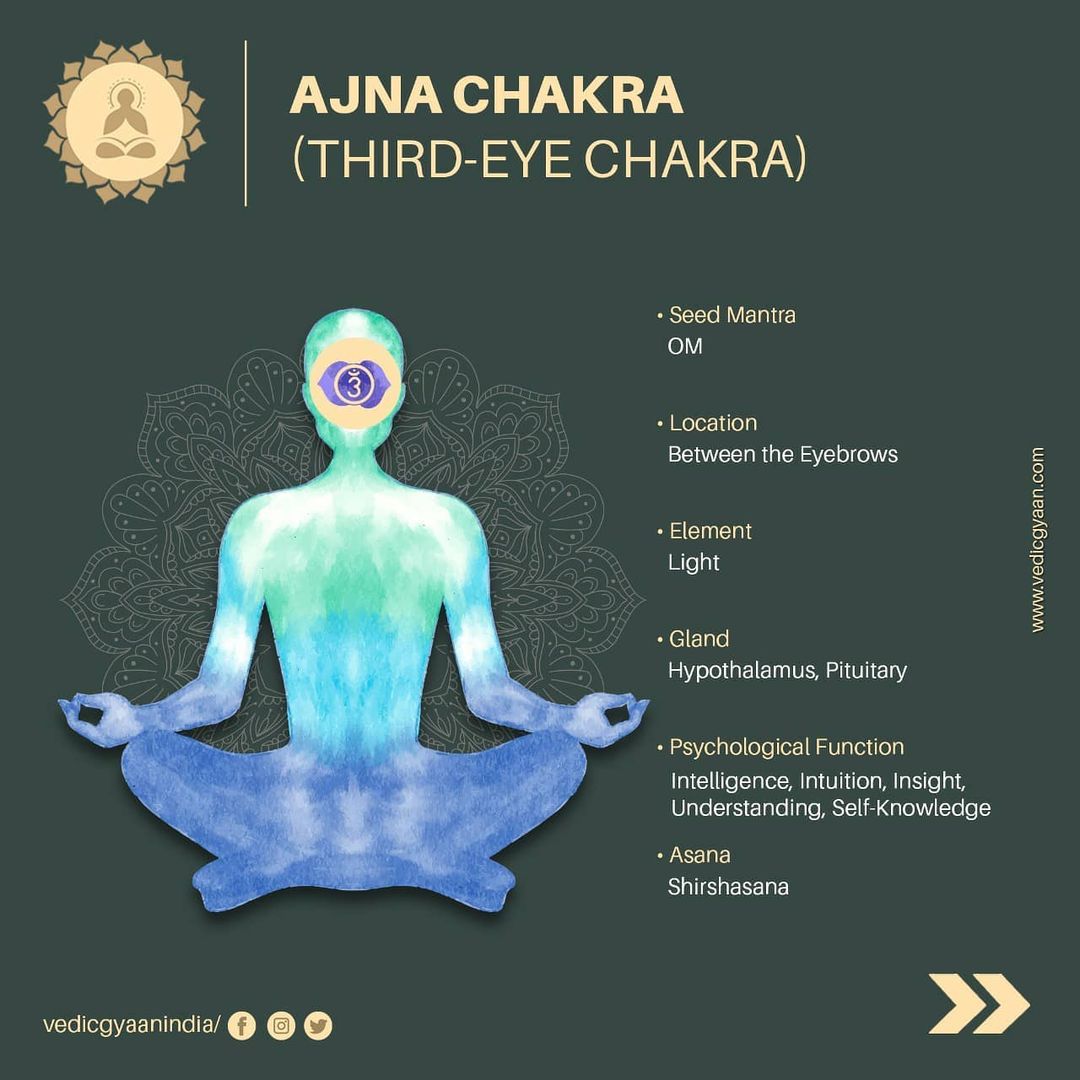
Janaeu Dharan is a custom followed by Brahmins and some Kshatriyas in Hinduism. Janaeu is a sacred white thread worn by a Brahman boy after the age of 12. It holds a deeper meaning in the Vedic scriptures.
It is a practice that follows under the sixteen sanskaras of Sanatan
It is a practice that follows under the sixteen sanskaras of Sanatan

Dharma. Wearing a Janaeu is the tenth sanskara followed under the Upanayana Sanskar. Janaeu Dharan is the symbol of a sacred vision straightforward in the direction of doing right
Many people follow this custom throughout India but are unaware of its scientific benefits.
Many people follow this custom throughout India but are unaware of its scientific benefits.
Wearing a Janaeu in one ear helps the person to memorize and grasping things without making much effort.
Tieing a Janaeu in one ear also helps in preventing constipation and in keeping stomach disease-free.
Science has proven that people wearing janaeu do not have issues
Tieing a Janaeu in one ear also helps in preventing constipation and in keeping stomach disease-free.
Science has proven that people wearing janaeu do not have issues
related to blood pressure concerning those who don’t wear it.
Janaeu Dharan increases the stability of the mind-stimulating the brain to function accordingly.
Janaeu allows the body to attain positive vibrations. Wearing a Janaeu while chanting mantras help in absorbing the
Janaeu Dharan increases the stability of the mind-stimulating the brain to function accordingly.
Janaeu allows the body to attain positive vibrations. Wearing a Janaeu while chanting mantras help in absorbing the
positive energy. Janaeu absorbs this energy and circulates it to the wearer’s body.
Read full blog on: vedicgyaan.com/index.php/2022…
Read full blog on: vedicgyaan.com/index.php/2022…
• • •
Missing some Tweet in this thread? You can try to
force a refresh




















